How Wind Impacts the Bait at Your Striper Spots
By Jerry Audet
There are many controversial topics in fishing and many things that get fishermen fired up. When it comes to striper fishing, wind is one of those things- especially for surf fishermen. It seems every angler has their own strong opinions on the influence wind speed and direction has on the bite, how important wind is in general, and what the best wind is for each situation. The confusing part is that two anglers who fish the same general area- for example, Vineyard Sound or the North Shore of Long Island- can say that two opposite wind conditions (direction and/or speed) are the best: and both can be right. How is that possible?

The simplest explanation is that the best direction and speed is entirely spot-specific. One of my biggest pet-peeves is hearing anglers say things like “a North wind is always good” or “East is least” or “you have to fish with wind in your face.” Those things might be true for you in one spot, or several, but they could be very, very wrong for me at every spot. Plus, I don’t like rules like that, as they create serious bias, and if you think you “know” a few “rules”, I encourage you to erase them from your mind and start over. Sure, there are certain things that do apply broadly- 5-days of 50-knot onshore winds is probably going to blow out the beach. Yes, dead-calm wind under a bright moon in the middle of summer most likely isn’t going to be ideal striper conditions. But to assume rules like “a South wind is best for the entire state of Rhode Island” or “there are no spots that fish well on a North East wind in Maine” is just silly.

What wind is best is due to many factors, and to cover them all would take 150,000 words minimum. However, one factor that often gets overlooked is understanding how wind impacts the behavior of the bait that you’re targeting. Many anglers don’t understand how different species respond to wind, and therefore miss out on opportunities to catch more fish, larger fish, and more fish in more different situations. Understanding the biology of the bait and how it responds to wind is very important. Let me explain.

Can you answer the questions: What are the most important bait species in each one of my spots? What does each direction of wind do to these bait species in my spots? What happens to each species of bait when the wind increases by 5-knot intervals (e.g. 5 to 10 knots, 10 to 15, 15 to 20, etc.)?
These questions, highlighted in bold, are pretty simple on their face- but they actually are relatively complex to answer. In very much the same way an angler might say “I heard a darter is good in current” and then use it blindly even if it’s a terrible choice, I’ve also heard many anglers say things like “I heard wind in your face is good” and then fish that blindly as well. The problem is, if you don’t know how the bait “menu” at your spot interacts with the wind- at the specific time of year- fishing wind in your face (or at your back, or from the side, etc.) could be a horrible mistake. Even if it’s not a total mistake, if you don’t understand how bait is responding to the wind, you’re almost certainly missing something, and probably missing a lot. Put into a single (long) sentence, understanding how the common baits in your spot respond to flat, moderate, and windy conditions with wind at your back, in your face, and cross winds is crucial for also understanding how to best fish that spot.

How bait responds to wind will dictate how active (movement, feeding, spawning, etc.) it is in flat or windy conditions and where it ends up in those same conditions. Some bait is easily disrupted and pushed around by waves, so it’ll move with the wind until it gets trapped, or is able to escape. Other bait is almost unaffected, and won’t move except in extreme conditions. Some bait loves to feed in windy conditions- and so looks for shorelines more impacted and prone to wind- while other species run and hide at the meerest breeze. THis should start to suggest to you that you shouldn’t always fish every spot the same, or even fish a single spot the same each night. Instead, you should be identifying what the best targets are for the striper given those wind conditions, and then adjust your tactics and techniques appropriately. Let’s dig into some examples.
I generally treat large baits that occupy rocky shoreline as being more adept at handling wind, versus bait that is smaller and/or occupies estuaries or sandy flats. Tautog, black fish, pollock scup (porgy), lobsters, eels, mummichogs, and bergals are all baits that are surprisingly good at handling wind and waves, and you might need substantially more speed (waves, current) to pry them out of their homes where stripers can feed on them. Tautog, pollock, and lobsters in particular can function just fine in pretty wild conditions. On the flip side, spearing, smaller crabs, worms, shrimp, many young-of-the-year juvenile baits (like peanuts or river herring), and other back-water species are easily pushed around, trapped, and beaten up by the wind. But there are many exceptions. Sand eels and small squid are pretty damn good at handling big surf in windy conditions, and both are small and often found on open sandy beaches. I’ve also been surprised how well tinker mackerel can cut right through pounding waves driven by wind in my face, as they love to chow-down on sand eels. On the opposite side of that, bunker, adult shad, and mullet are big bait fish that either aren’t very good at surviving in big water conditions, or just really hate it. In fact, you often will only find these species in waves and turbulent waters right at the onset of a storm or come-down after, but that’s it. Again, not always the case, but to assume these big baits can “handle” hard winds- because of their size and strength- can be a mistake.
But it’s more complicated than these general guidelines. Consider this scenario: a boulder field in the fall, on an outgoing tide that pushes right to left. Let’s assume the stripers are focused on spearing. In this case, you might want a low or moderate wind that either moves perpendicular to the tide- probably towards shore- or even against the tidal sweep, left to right. Why? If the fish are on spearing- which are small and pushed around easily- you don’t want the bait getting pushed away from shore, or out of the area quickly. While the first few hours of a strong wind moving with the tide might be good- when the bait is getting beat up and tossed around- it can quickly push the spearing completely out of the area, where it’ll accumulate elsewhere. If stripers are really focused on that spearing- and there isn’t anything else to keep them in your spot- the stripers will just leave, following the bait. Therefore, I’m probably looking for calm or moderate conditions if I’m targeting spearing in that spot, or I’m trying to figure out where they end up. In that case- trying to figure out where they end up- I would love an intersection of tide and wind, where the bait gets pulled out of safety by the tide, delivered along the shore like a conveyor belt by the wind, and then trapped and pinned.
This is just a very basic example, but consider: you’re picking away at slot fish and 20-pounders all week feasting on spearing in moderate (10- to 15-knot) cross winds on teasers and Redfins. You see a Nor’Easter coming, and you’re really excited because you heard that’s great for fishing- you assume giants will move in. So you take a couple nights off to rest up, “knowing” the fishing will get better. Then you go out into the storm, fish three nights at that spot for a total of 15-hours, and get skunked. You kick yourself for taking the time off. You wonder what happened- you “know” wind is good for stripers, and stripers had been there every night for a week! I would immediately assume you downplayed the importance of the spearing, and didn’t understand that they would get scattered with the winds from the storm. You may have wanted to wait for dead-calm conditions, and might have been surprised by the fish that showed up to feast on the smaller bait- it’s all about the bait!
Now consider this same spot, the same scenario, but the fish are feeding on large baits like scup and tautog. In that scenario, I want the wind and tide moving together, or the wind directly onshore, and I likely want the speed of the wind to be fierce. I’m hoping that wind- and associated waves- will push, pull, and tumble those larger species out of their hiding spots. Having wind and tide together can supercharge the current, which both pushes weak bait out of hiding, but also helps stripers flush out bait; if the striper is prowling around the rock, and a blackfish panics and bolts, it’s tough for it to get back to safety quickly in a stronger current. Having a wind that works with the current, but also pins these big baits closer to shore, can be huge for the surfcaster in particular (but boat guys should be paying attention, too).

Going back, let’s say you’re fishing those same conditions as I detailed above, with the spearing, and you’re totally ignoring the bigger baits. The wind is up now, but you don’t bring big metal lips, bottle plugs, and divers because “the fish have only been on spearing.” You just keep trying to throw swimmers and bucktails because that’s always what worked. Meanwhile, the stripers may not have left- in fact there may be more of them. You just aren’t paying attention to what the wind is doing for the stripers advantage, and what bait has now come into play because of the stronger wind.
Essentially, you need to know how every species in your area reacts to wind, and how to target the stripers feeding on them. That’s really all I’m saying, but let’s look at one more example. Take an open beach spot in fall with a wind at your back one day, and a wind in your face the next. You know fish are in the area- the reports are good, and social media is on fire- and you’ve heard there’re bunker and sand eels everywhere. You want to fish both days, but you’re not sure what to pack for the beach. If it was me, I would want to target bunker with larger plugs when the wind is at my back and they come in close- which is how that species responds to that wind direction. The next day when the wind turns around and is in my face, I’ll bring some plugs or flies to target sand eels that are getting churned up off the bottom by waves, assuming the bunker will move off as the water dirties up. These two baits are mimicked by entirely different plugs and flies, and hence understanding which will be present when is important in deciding what plugs to pack and throw. Even if you crushed stripers on bunker yesterday, continuing to try and fish “bunker plugs” when the wind (and associated water conditions) has totally changed is, frankly, foolish.
To sum up, if you’re trying to figure out what wind is best at your individual spots, ask yourself first what bait is likely present and how it’s affected. Then work on how it interacts with the structure, and any other advantages it’ll give the striper.




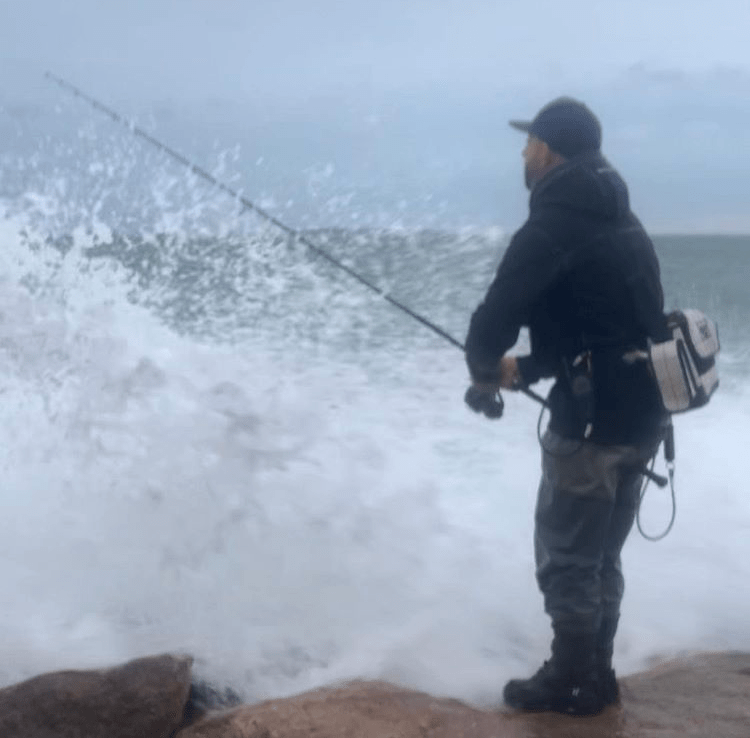

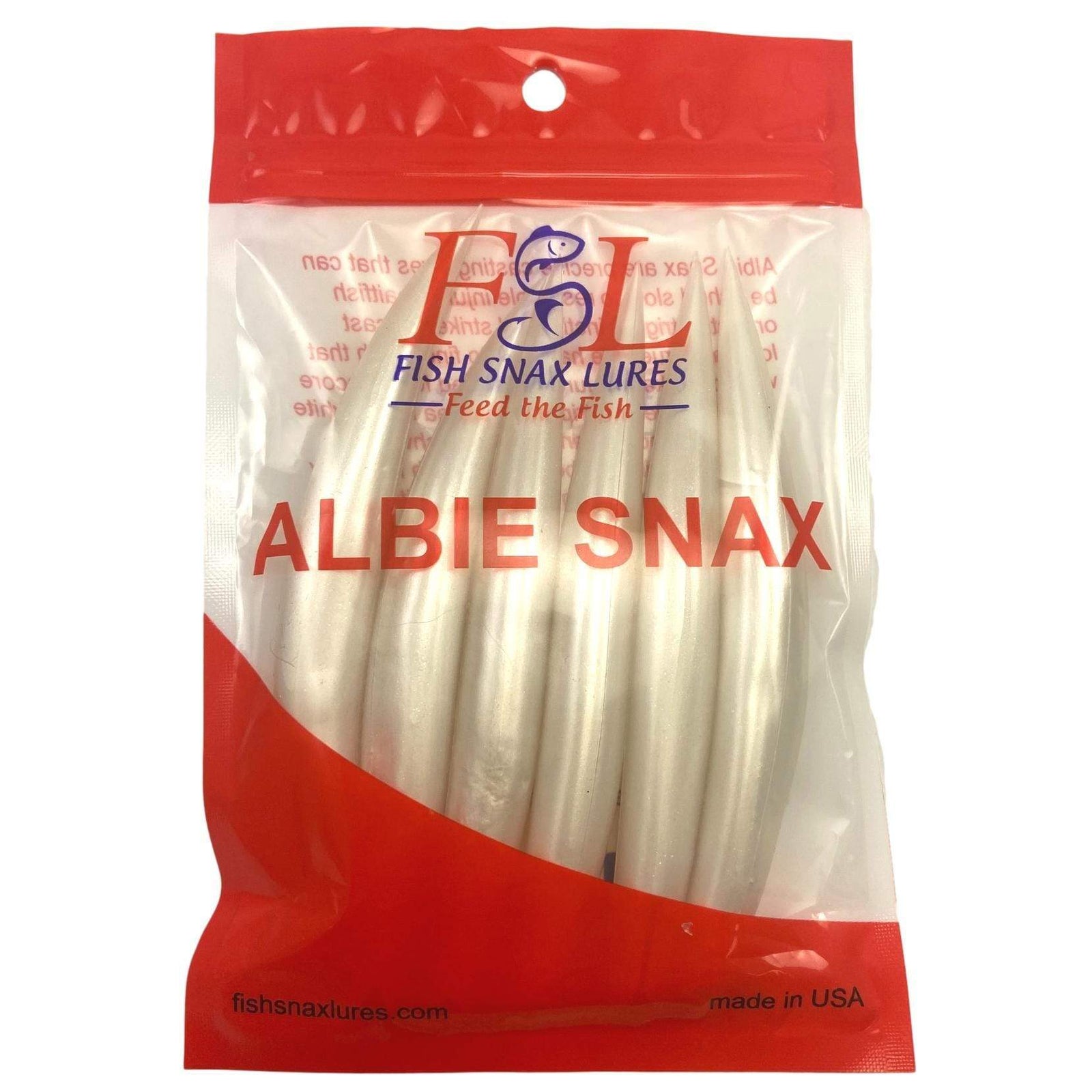

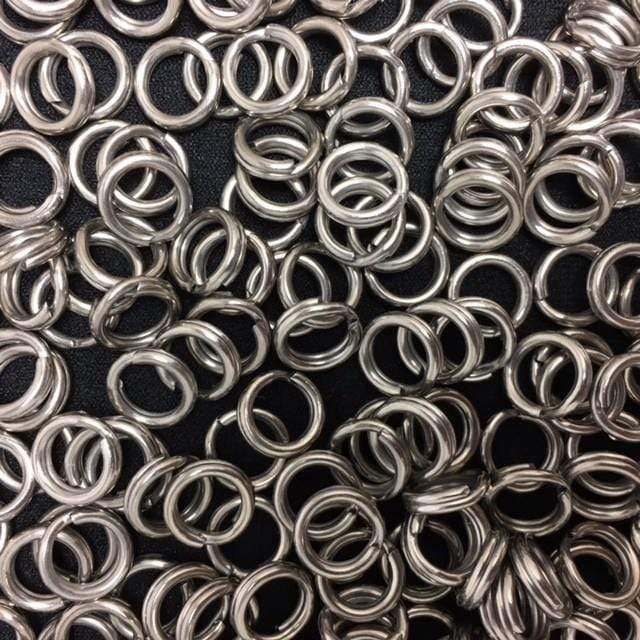
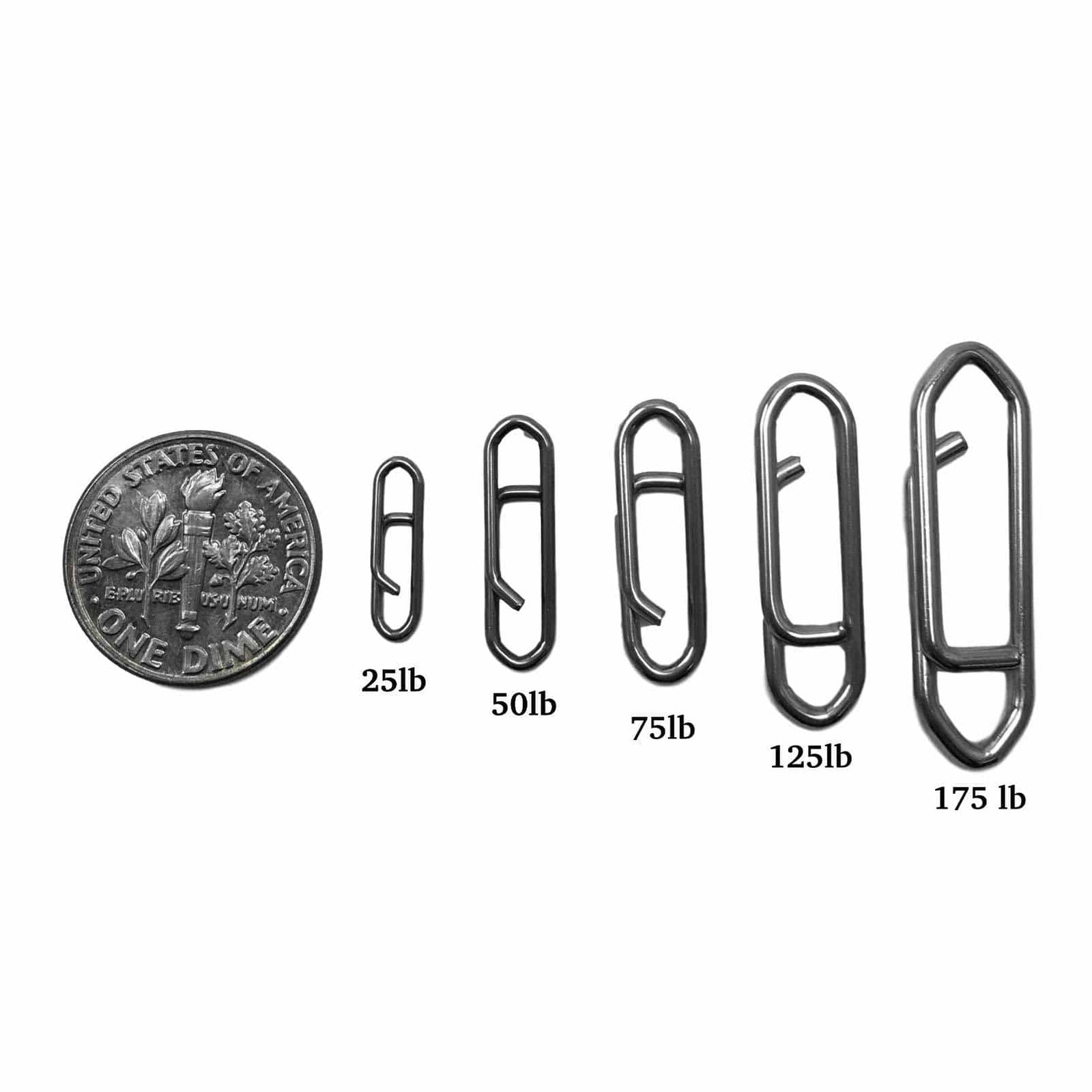


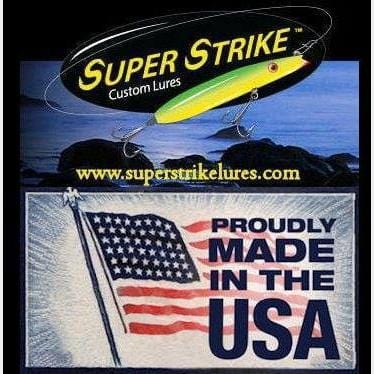

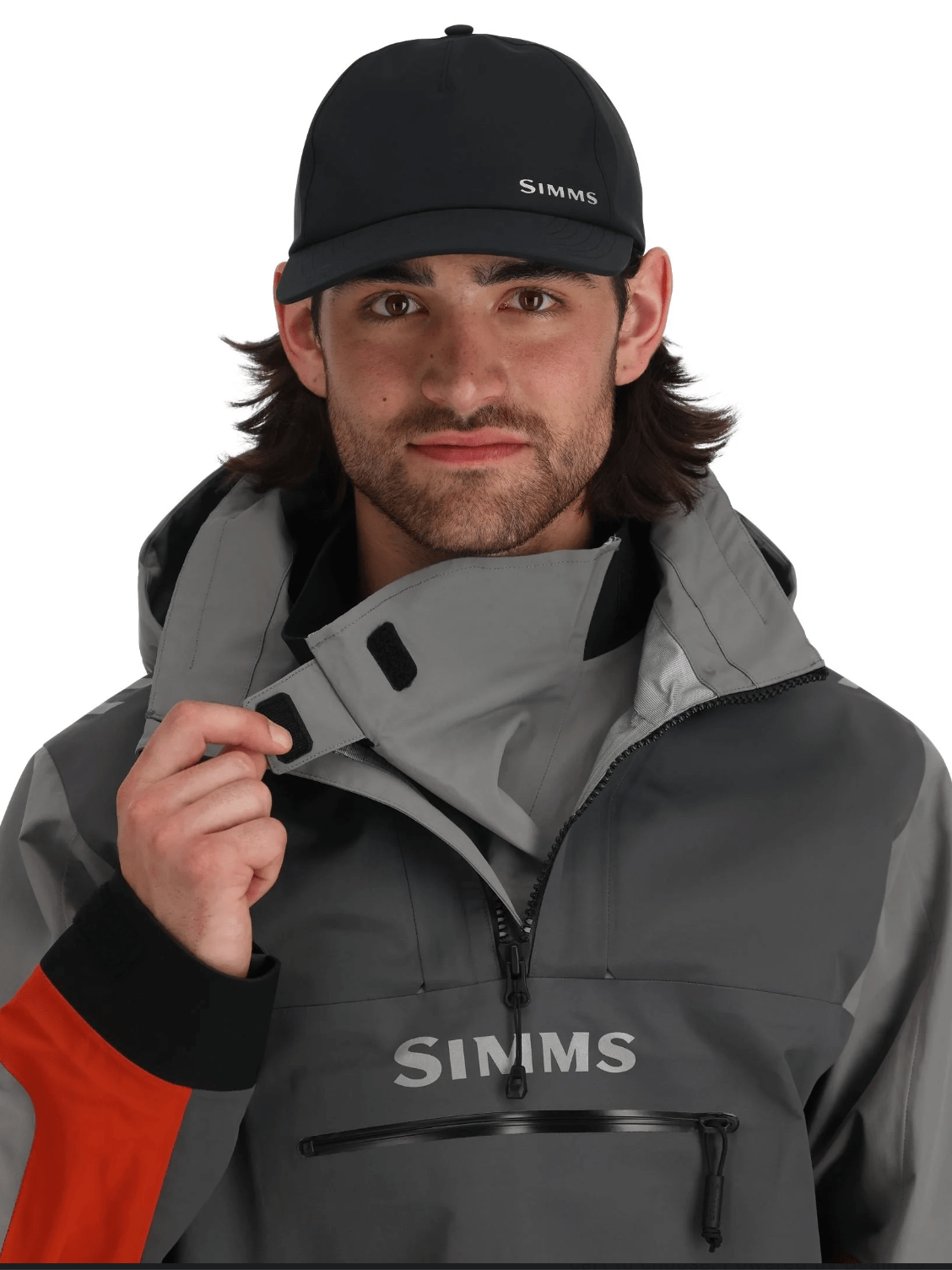

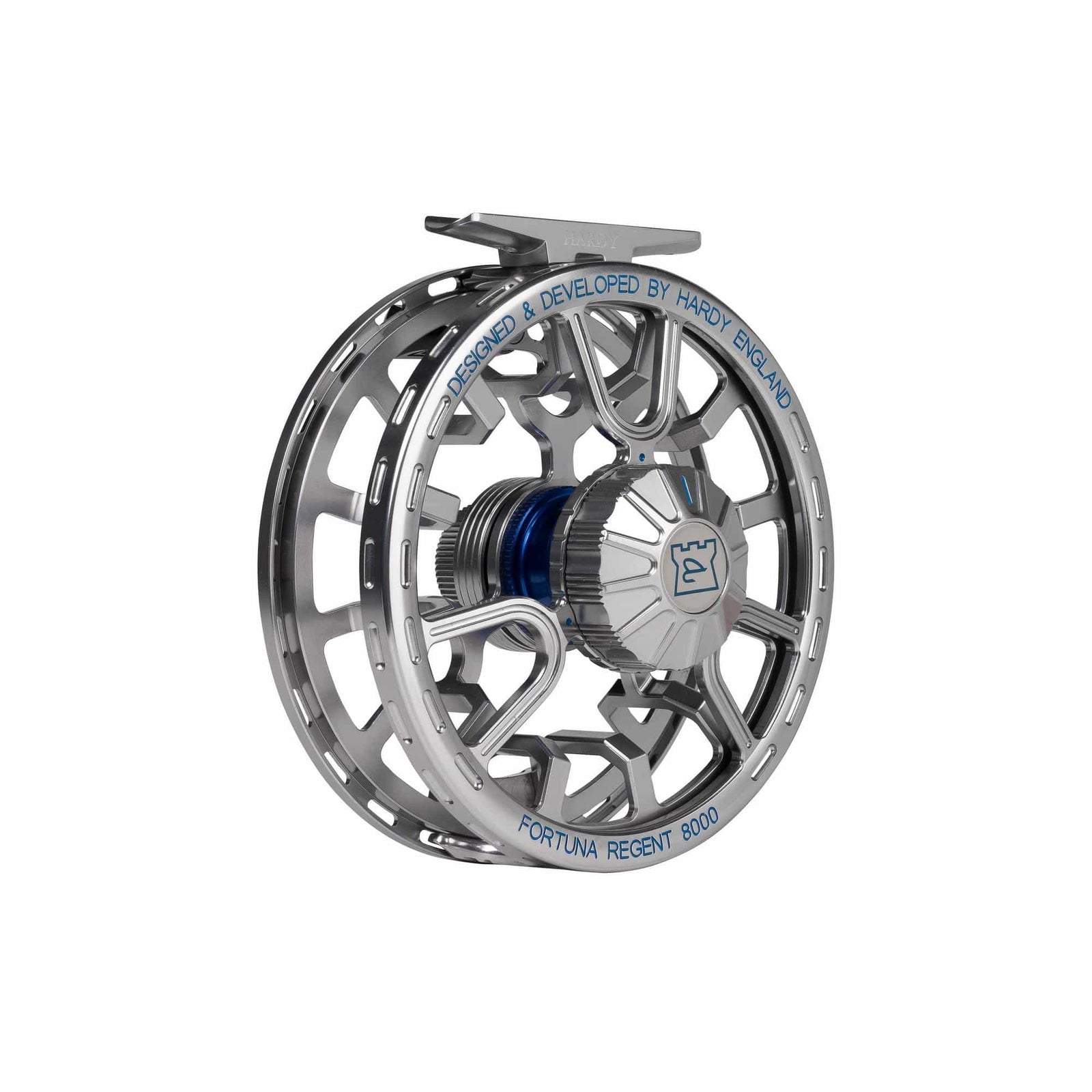
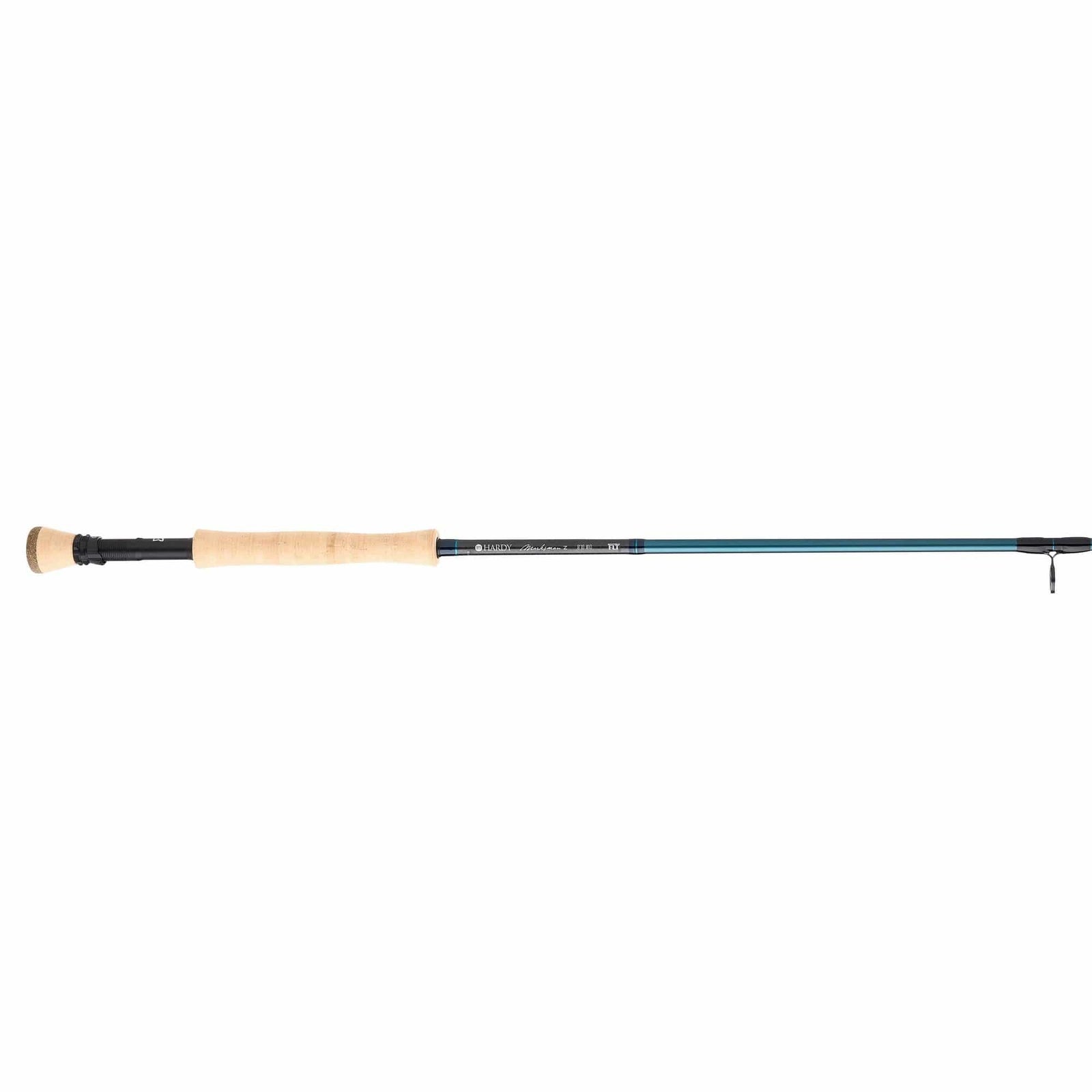
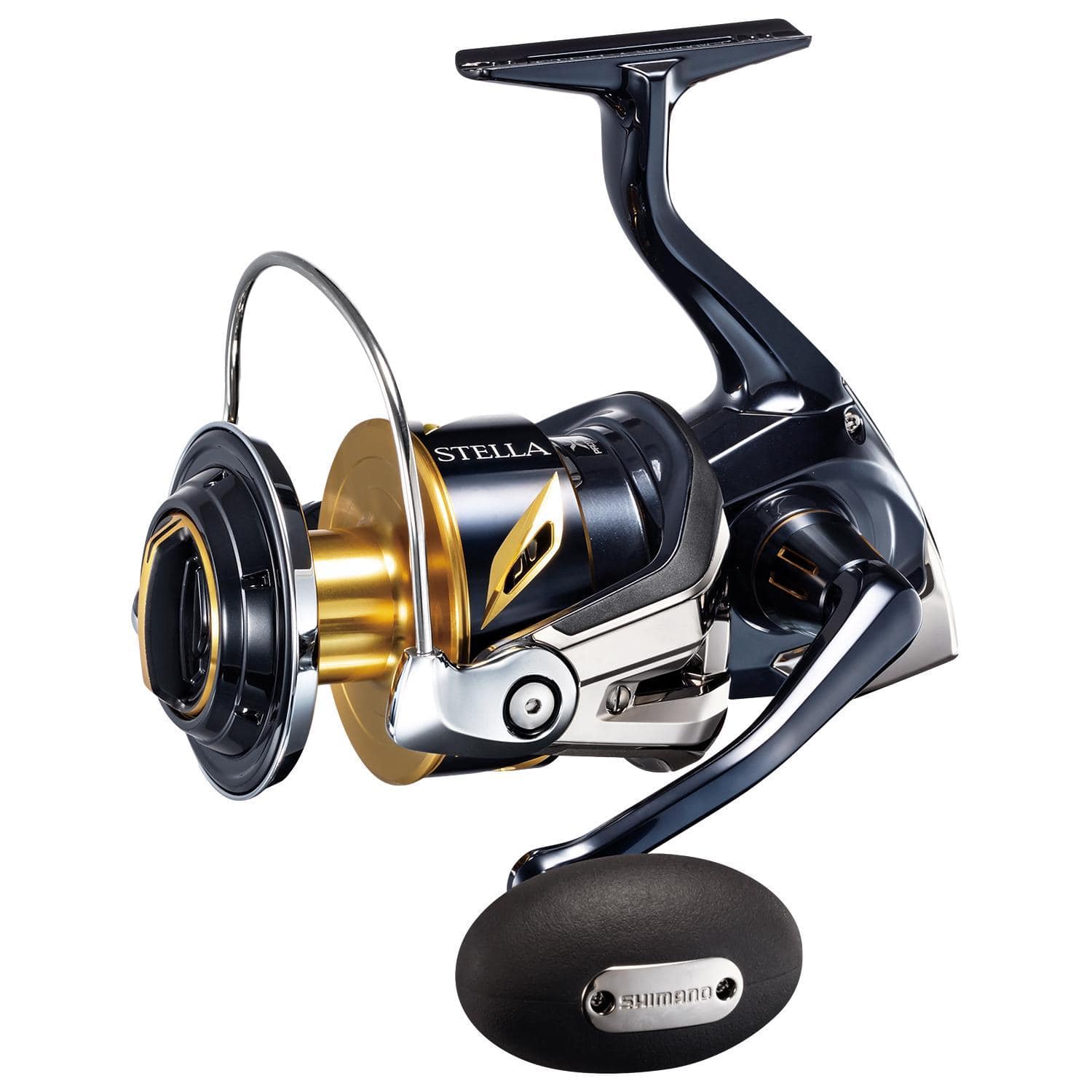
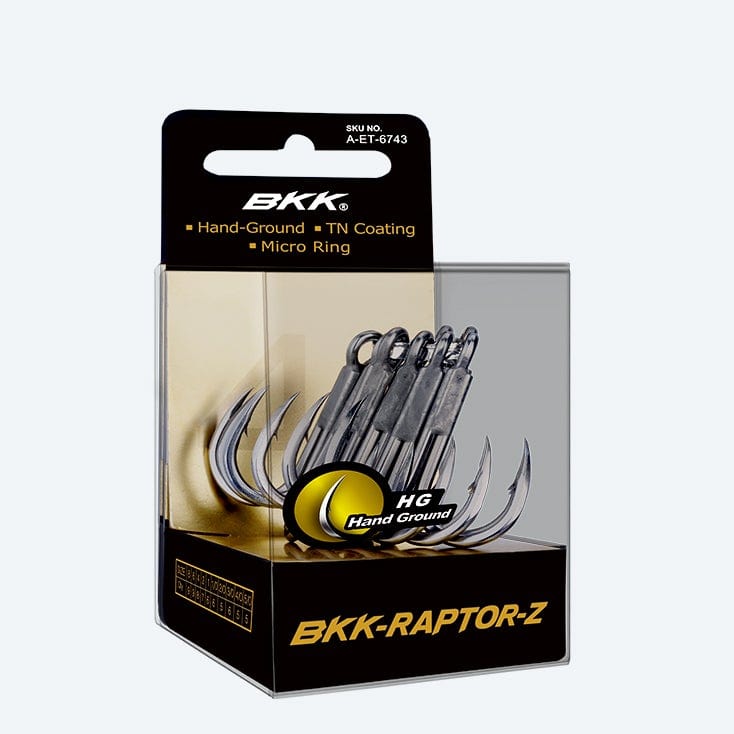
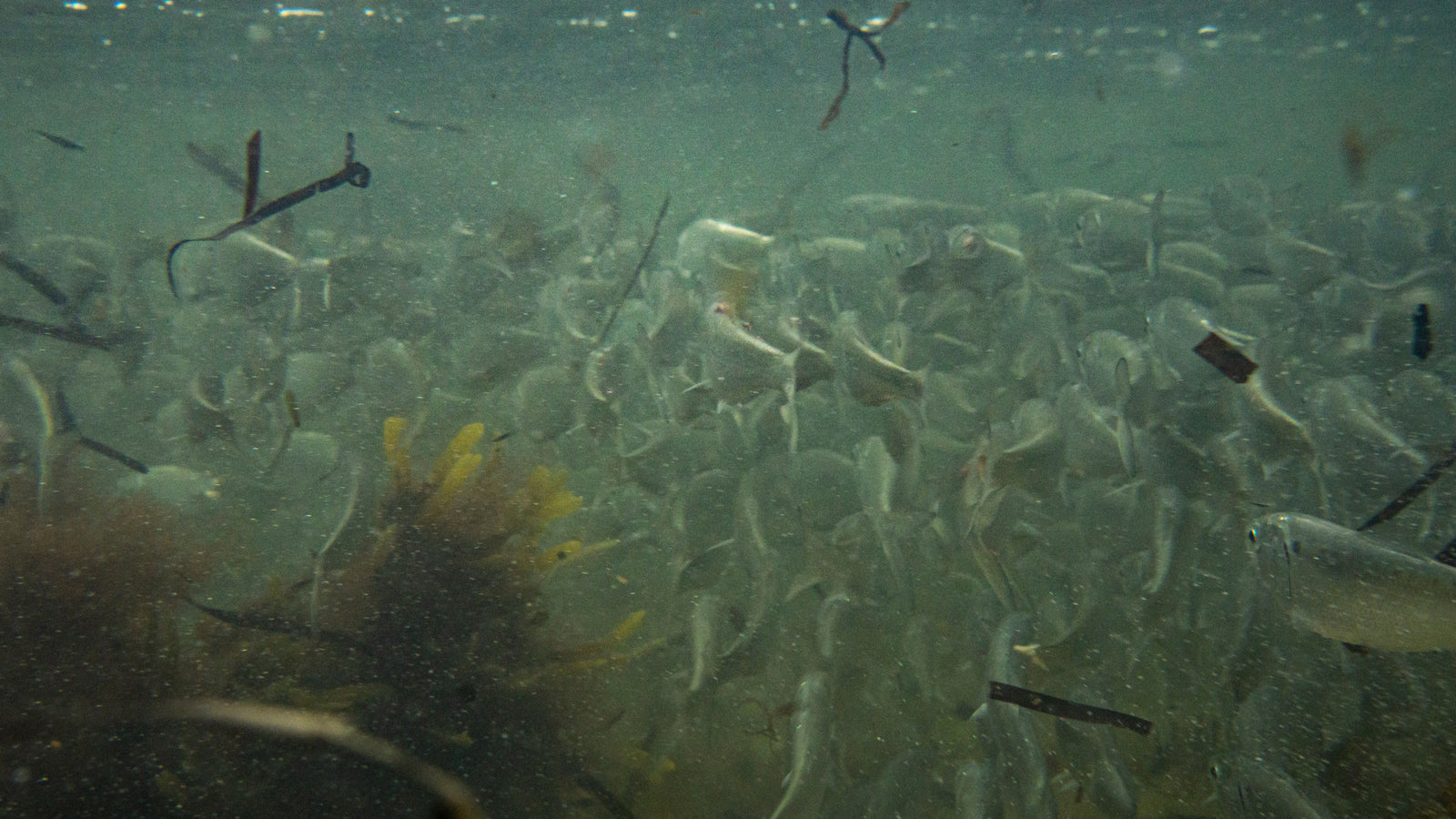
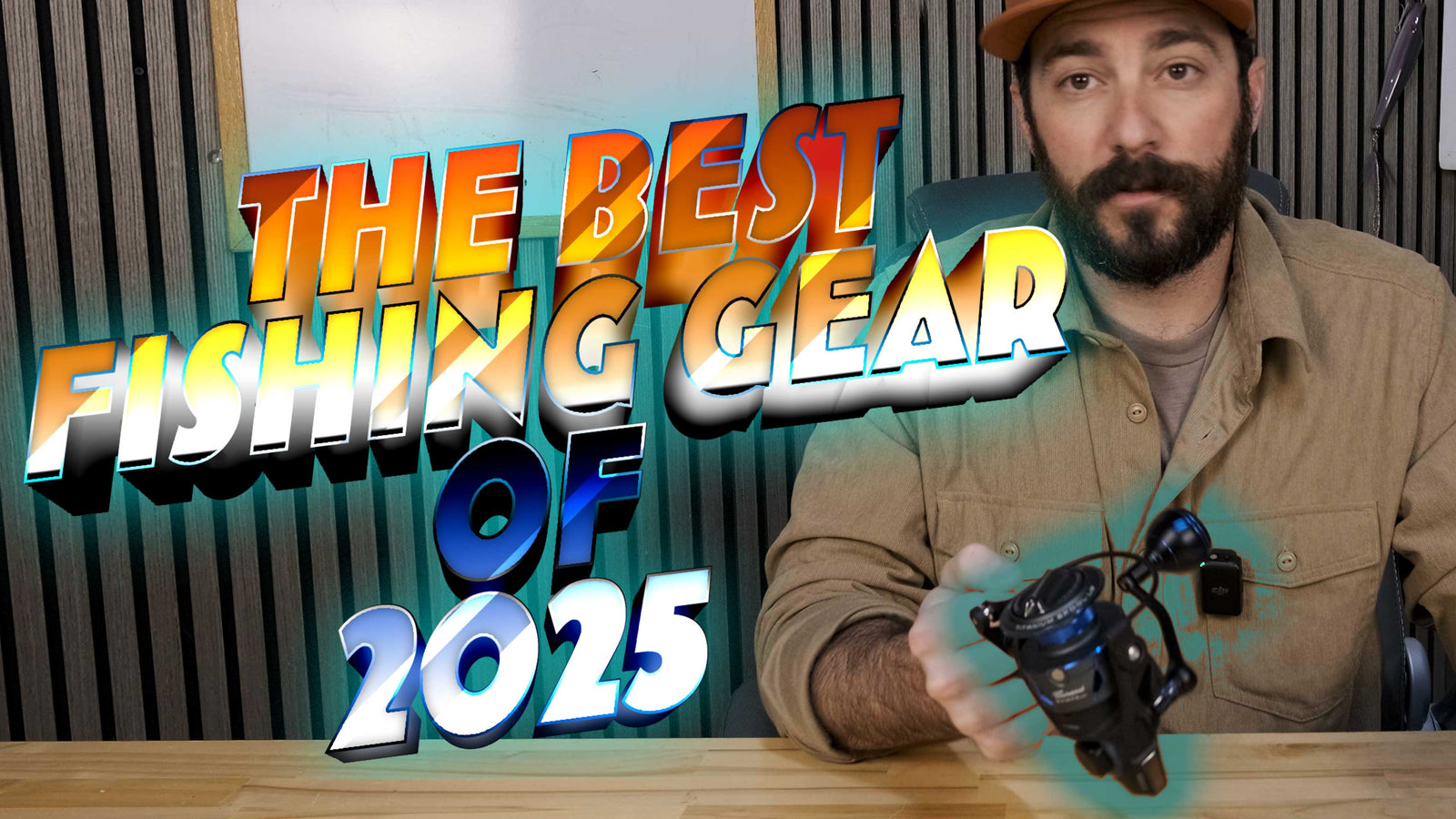
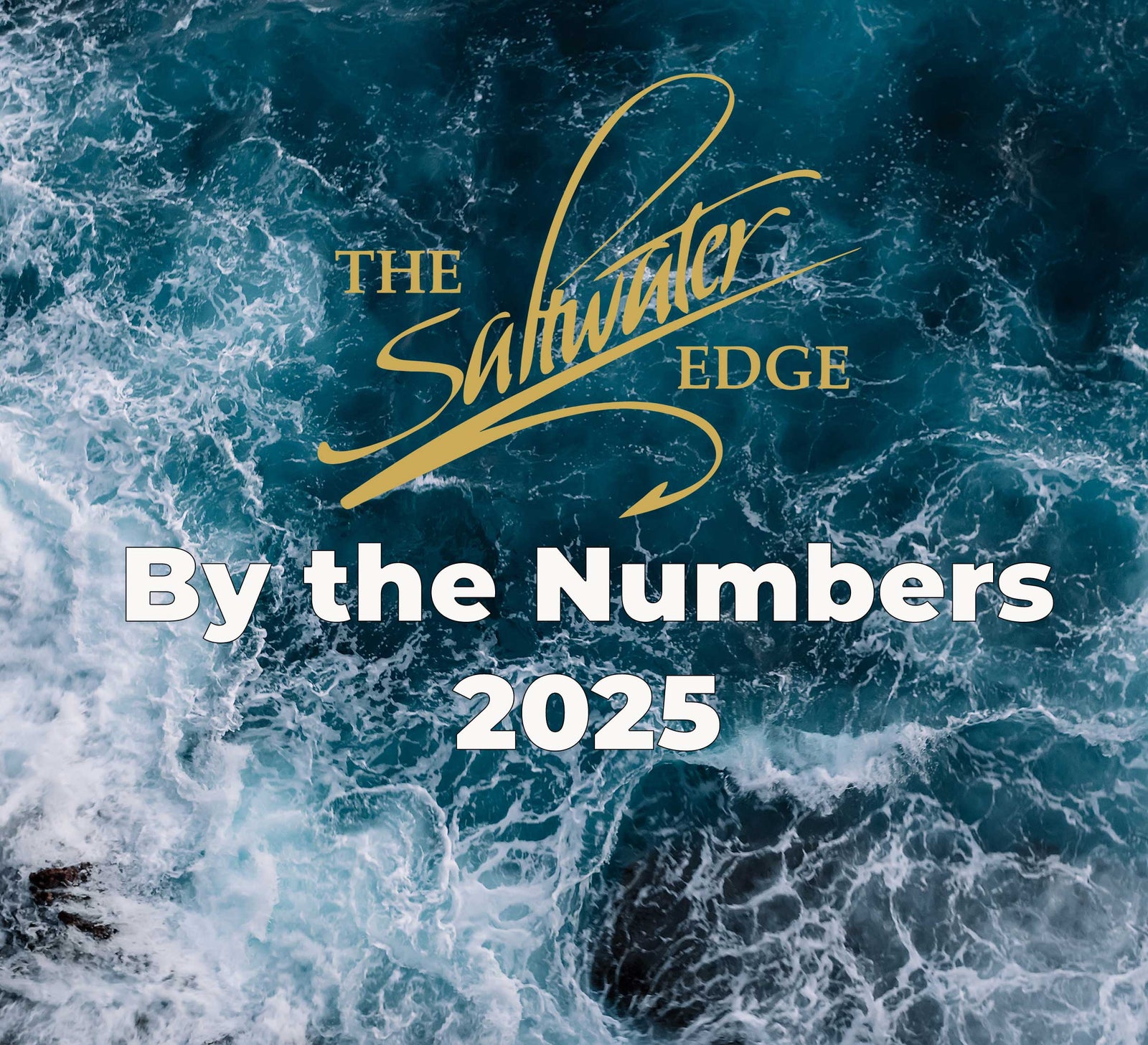
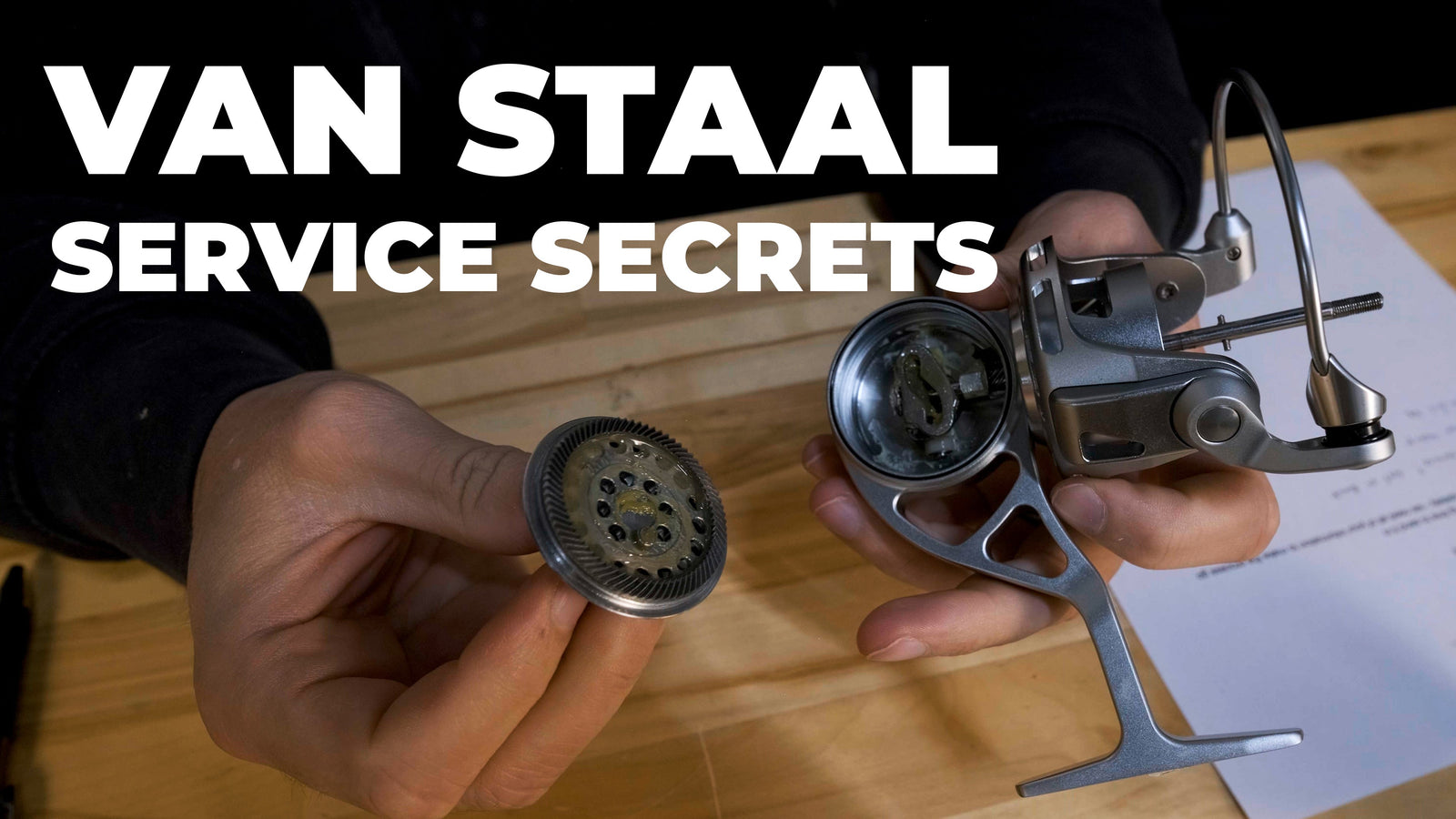
Raymond D. Ross, Jr.
July 31, 2023
Great Article. I always enjoy all the information from Saltwater Edge.